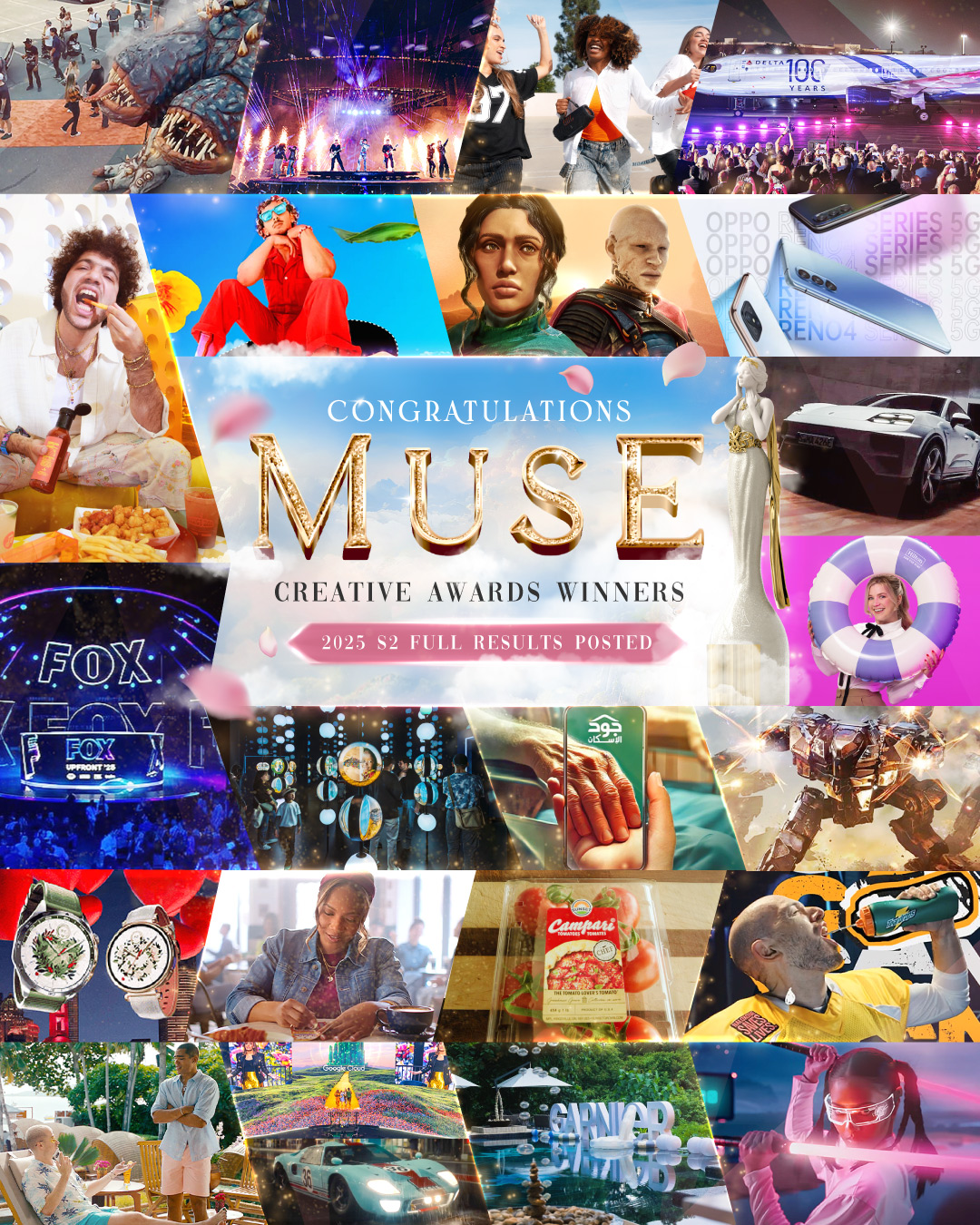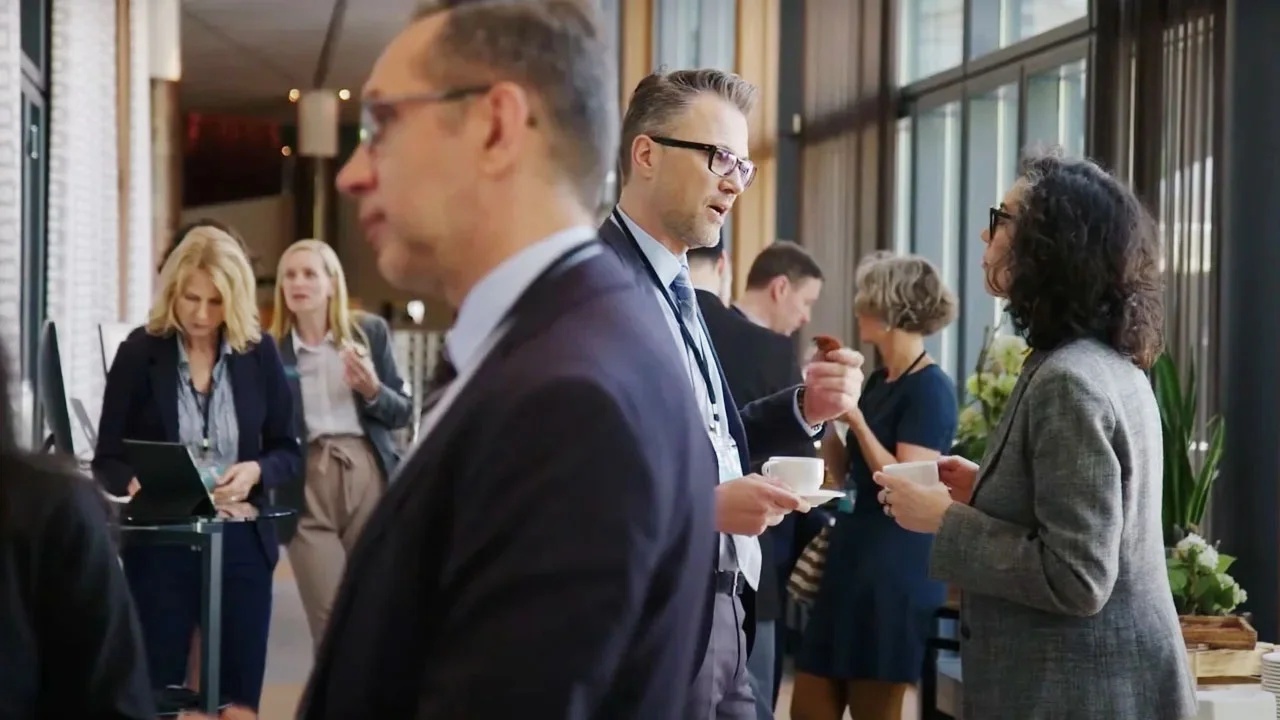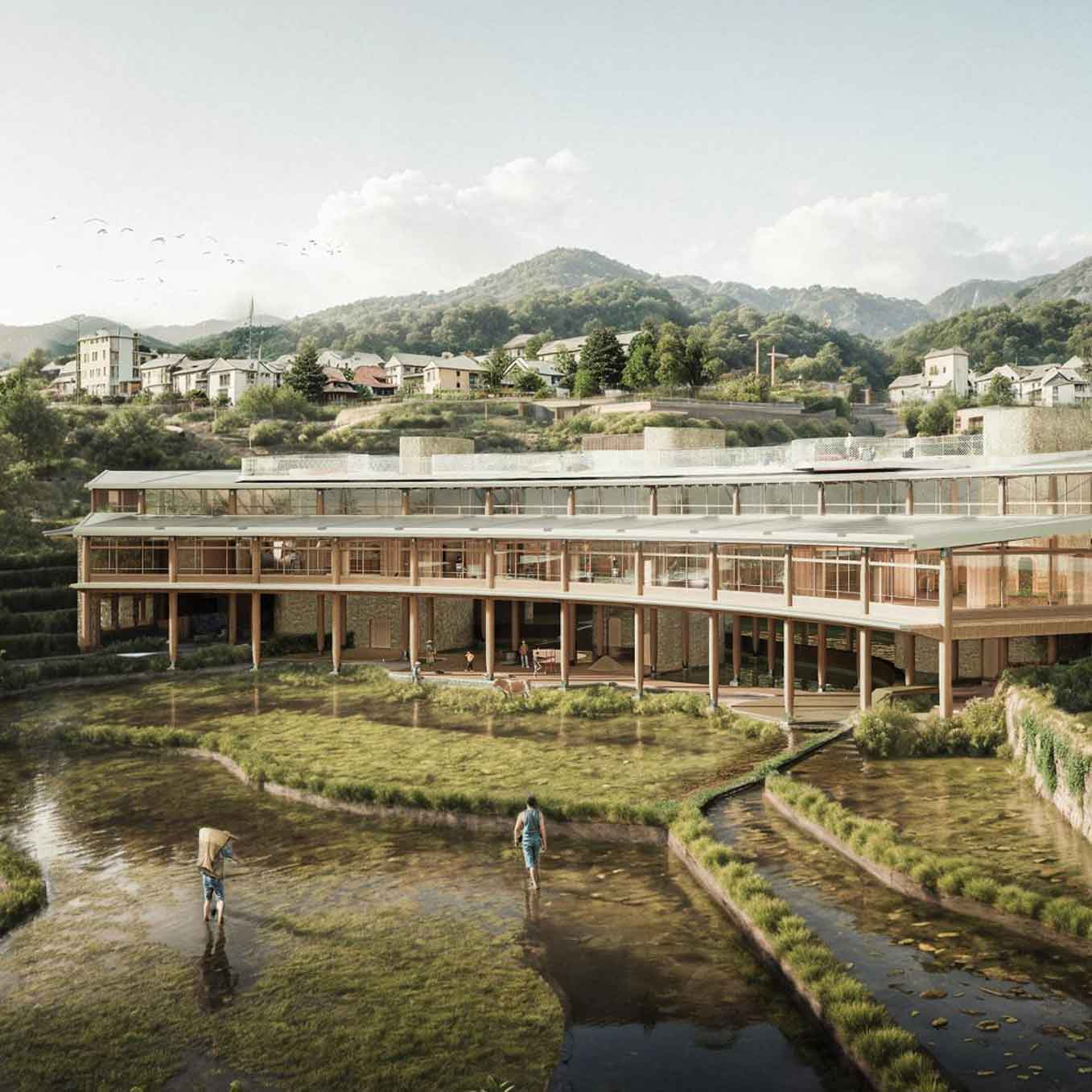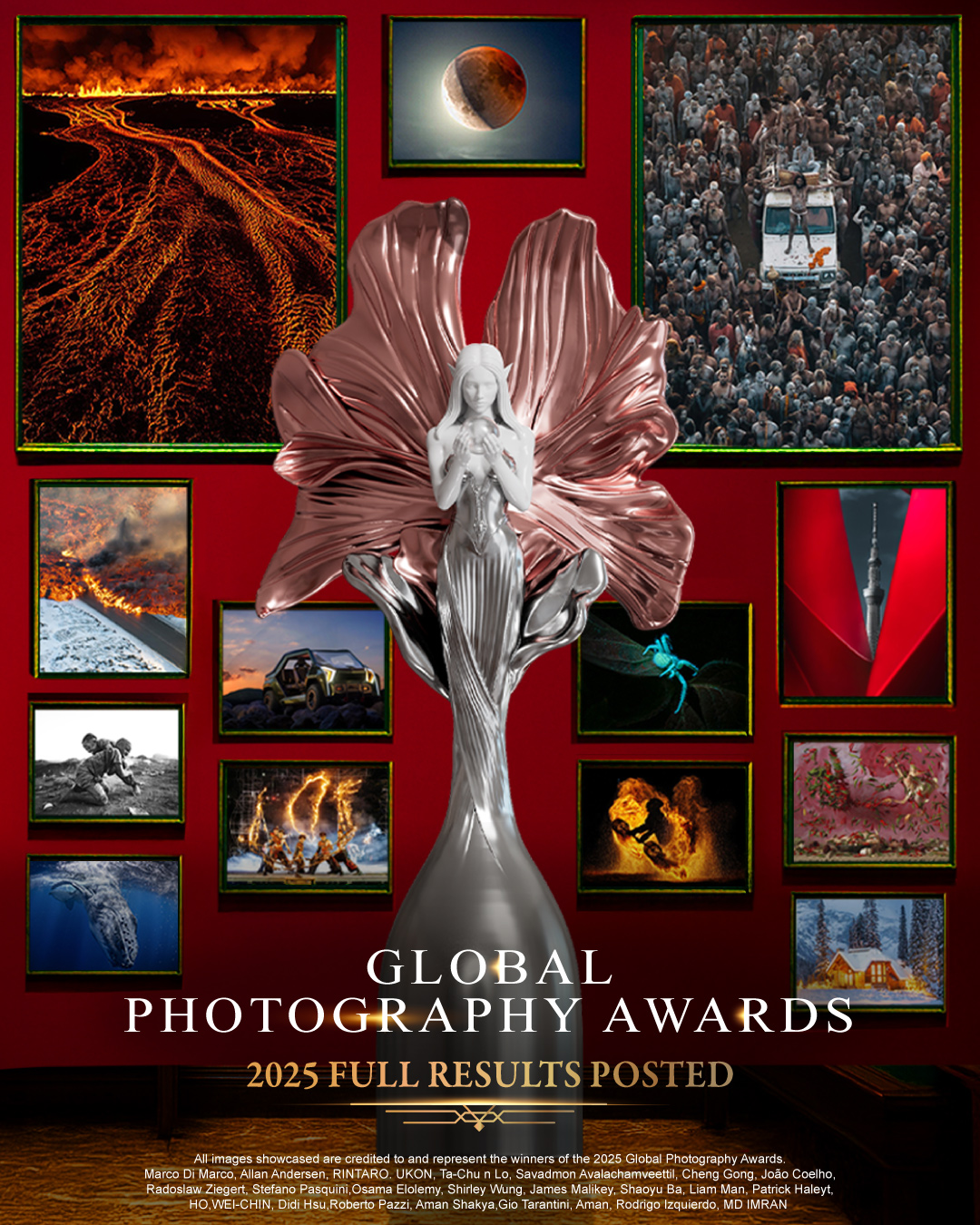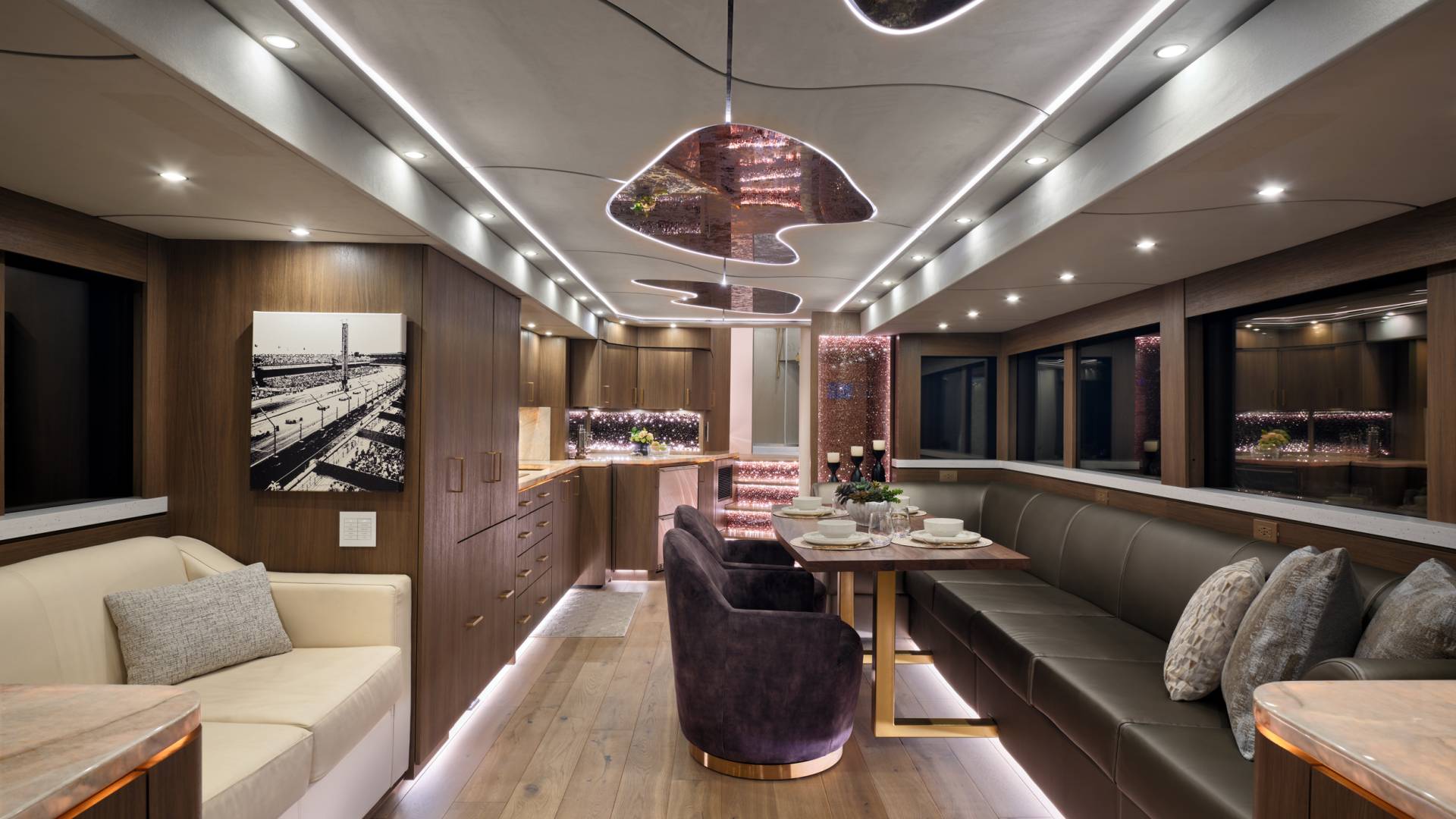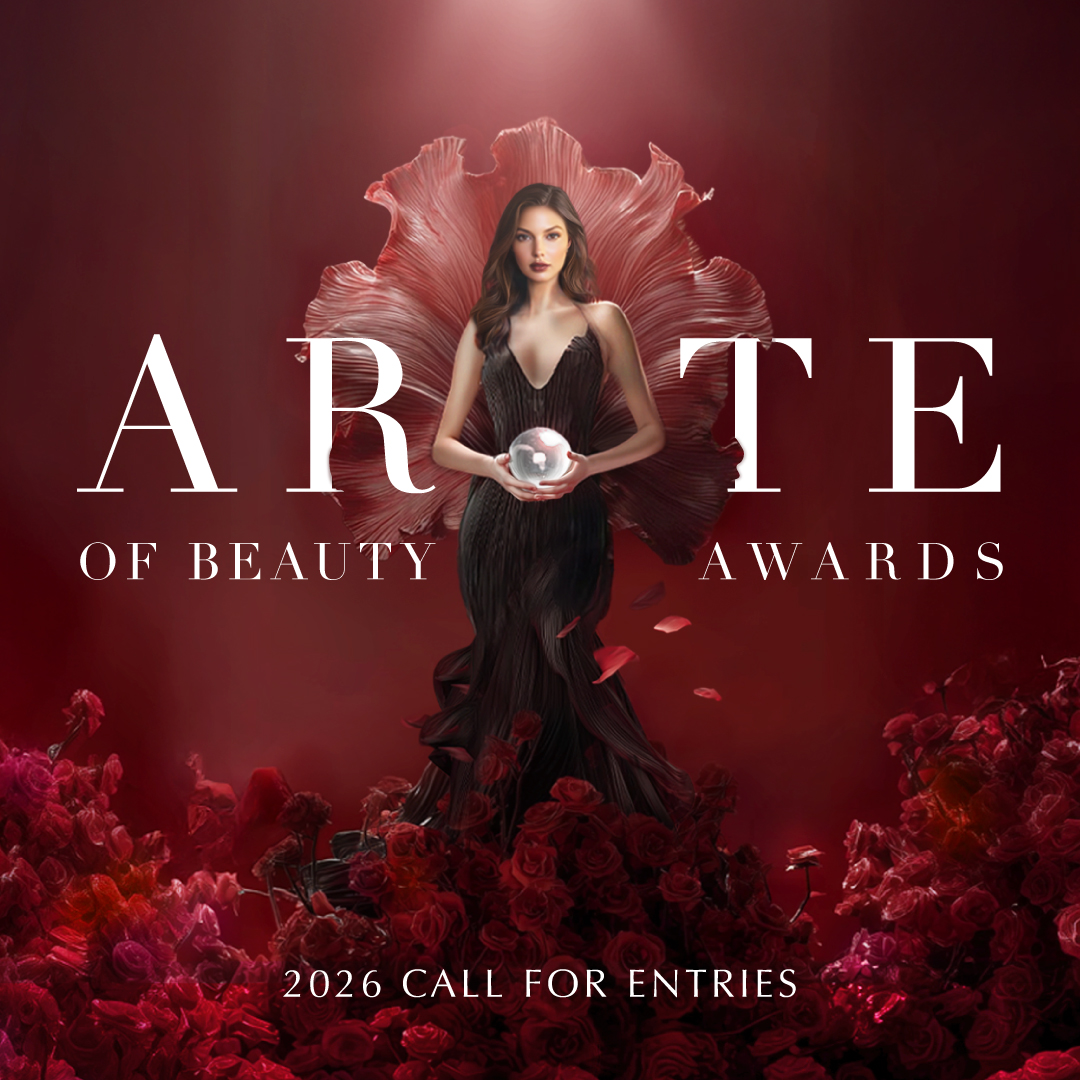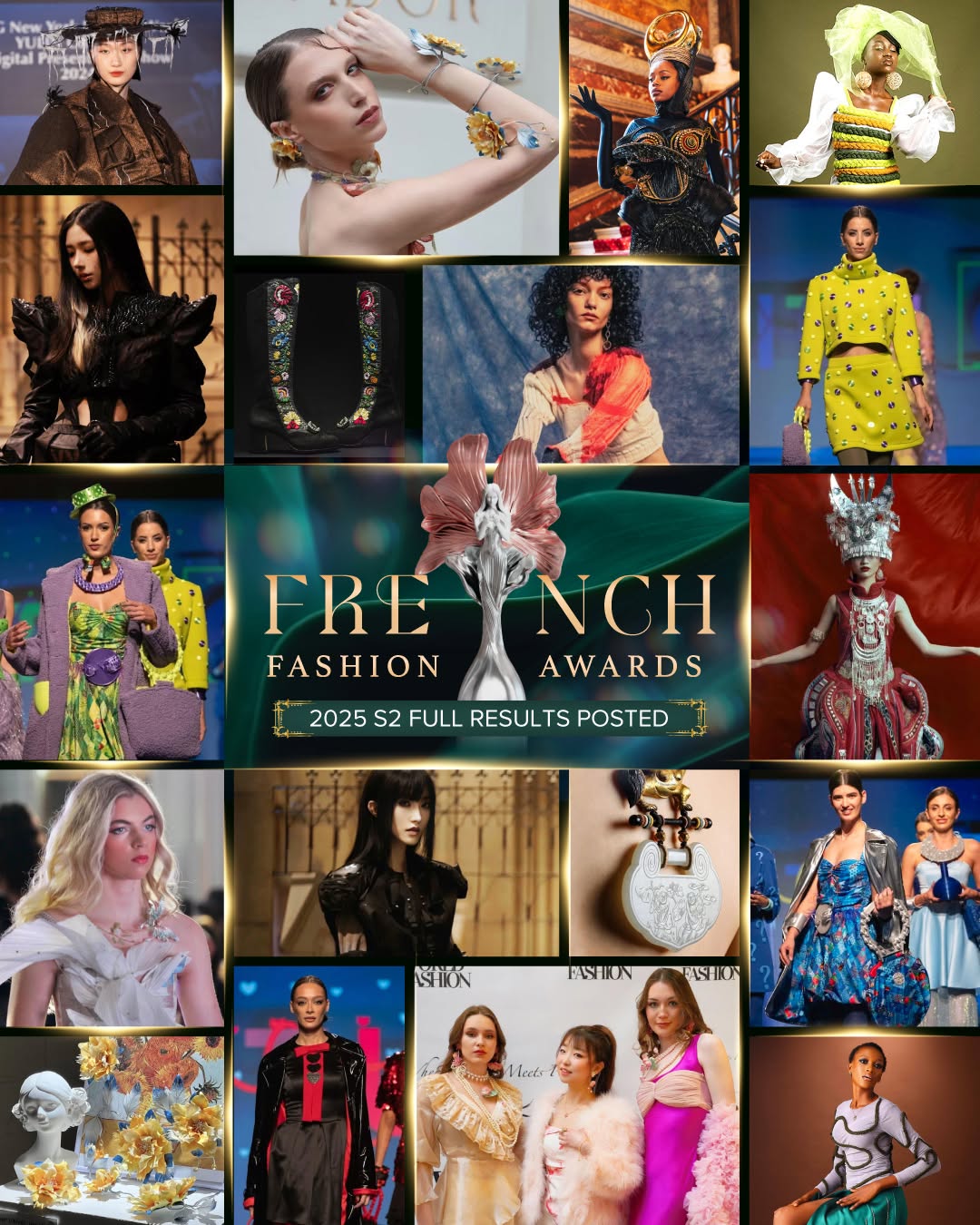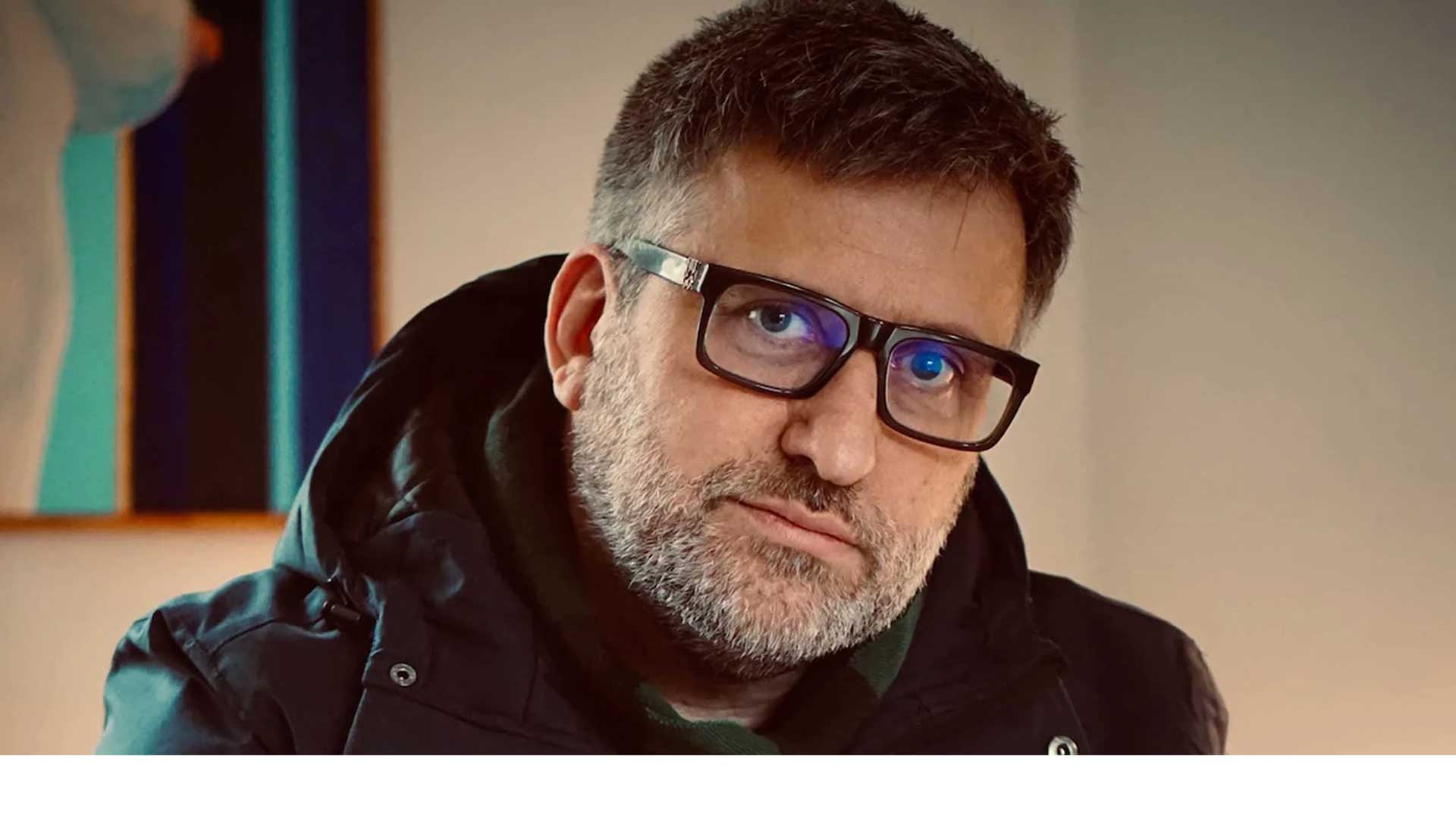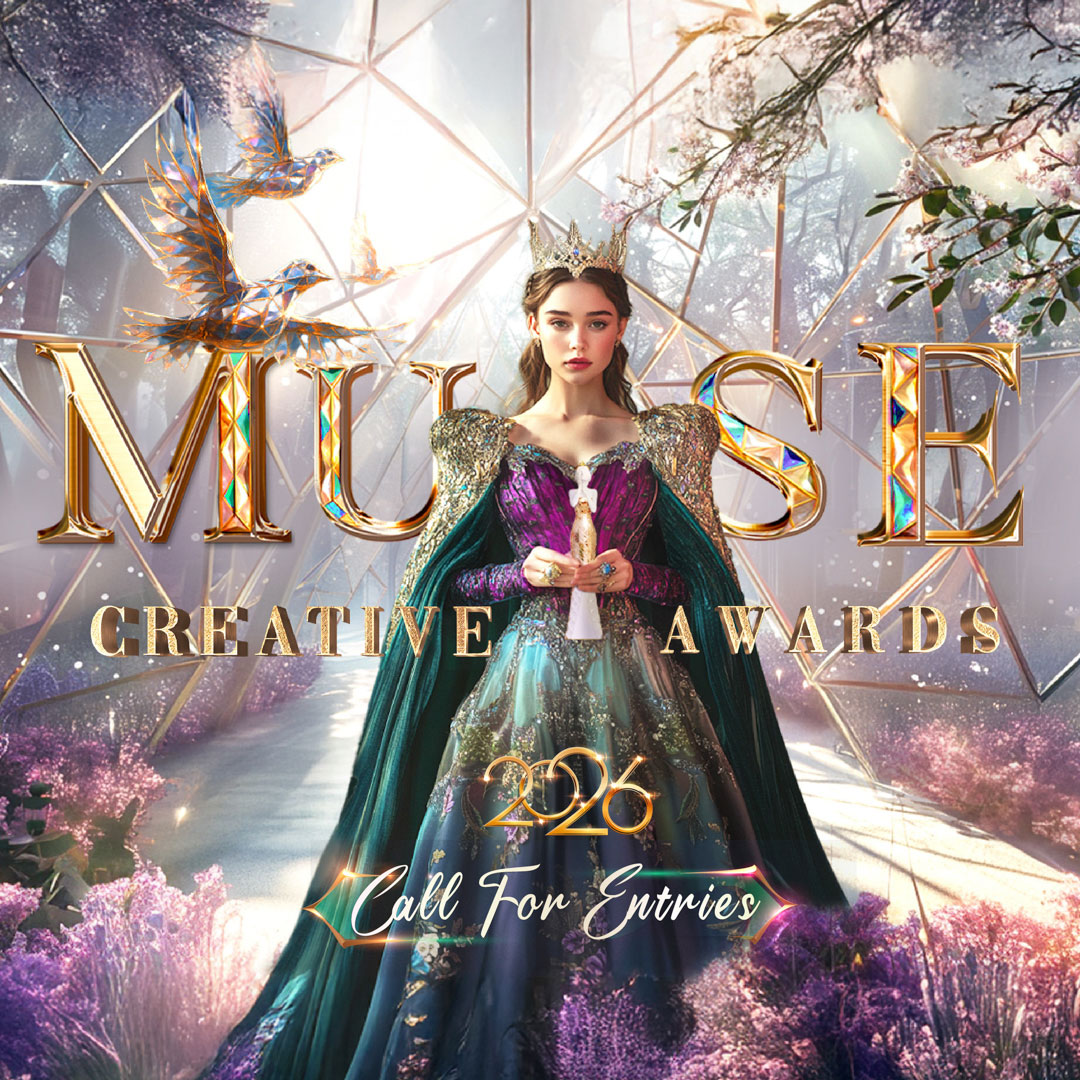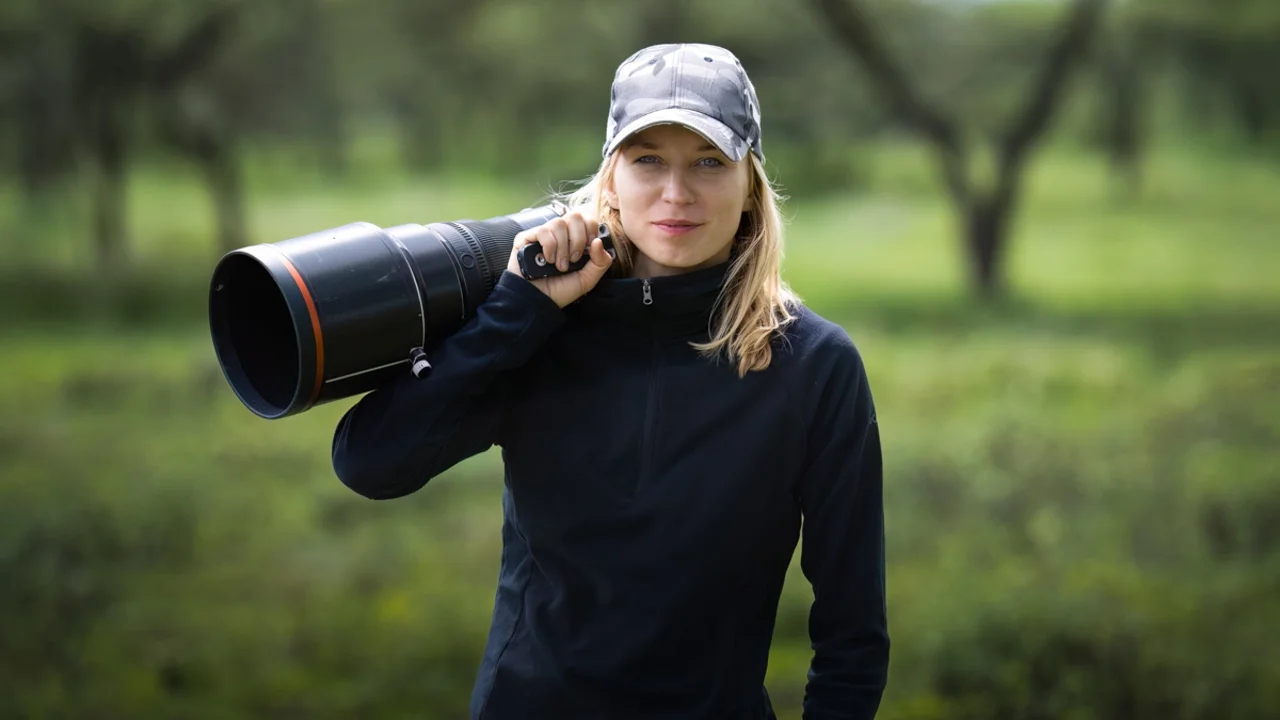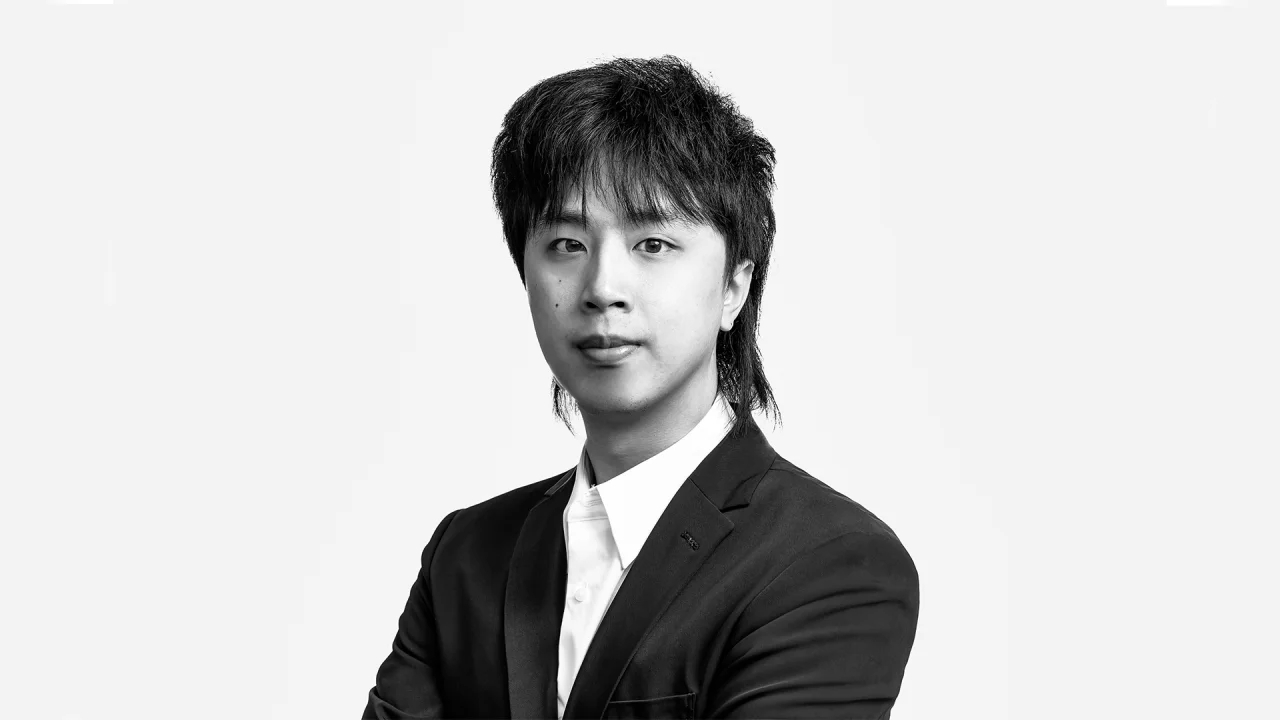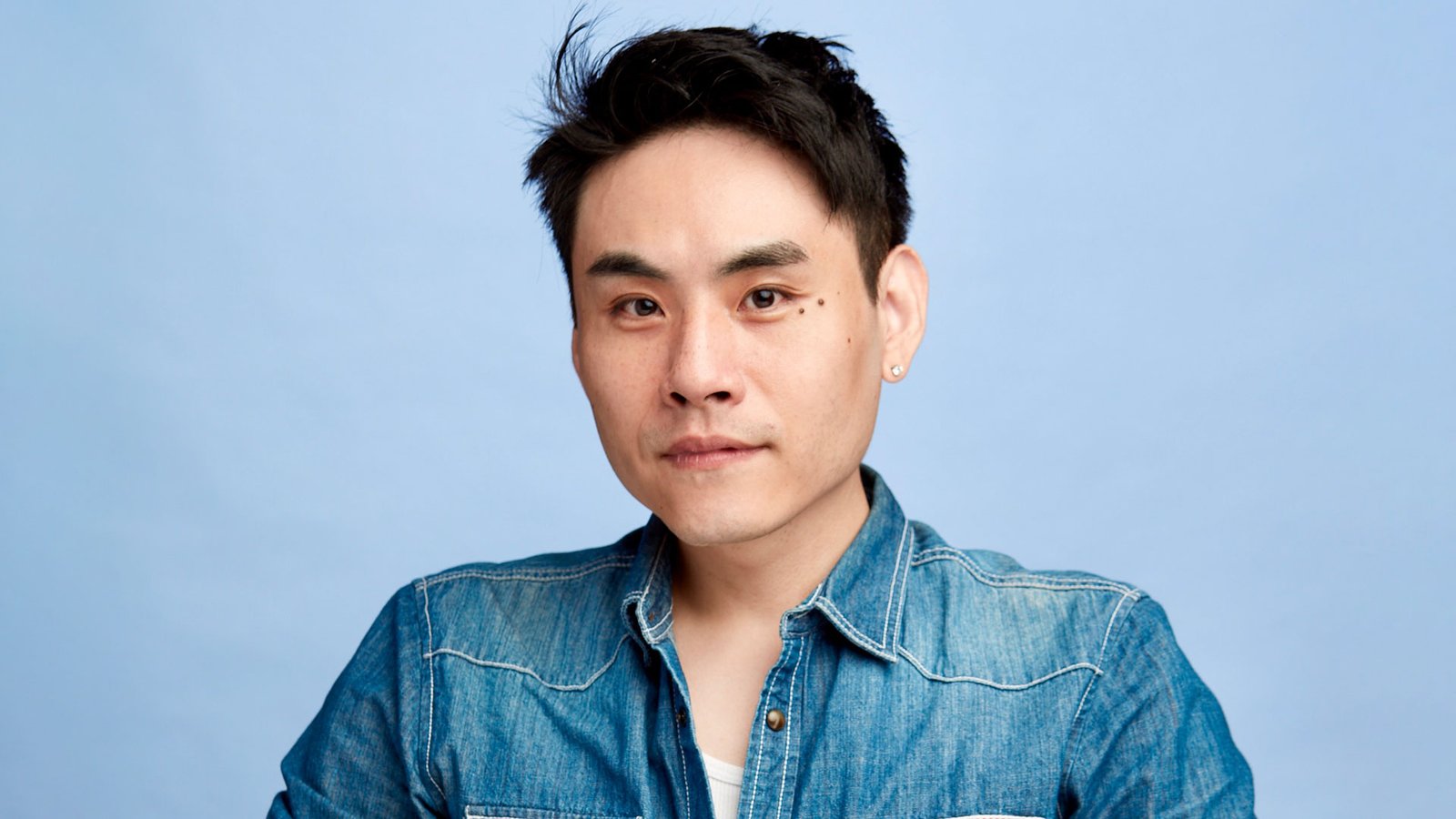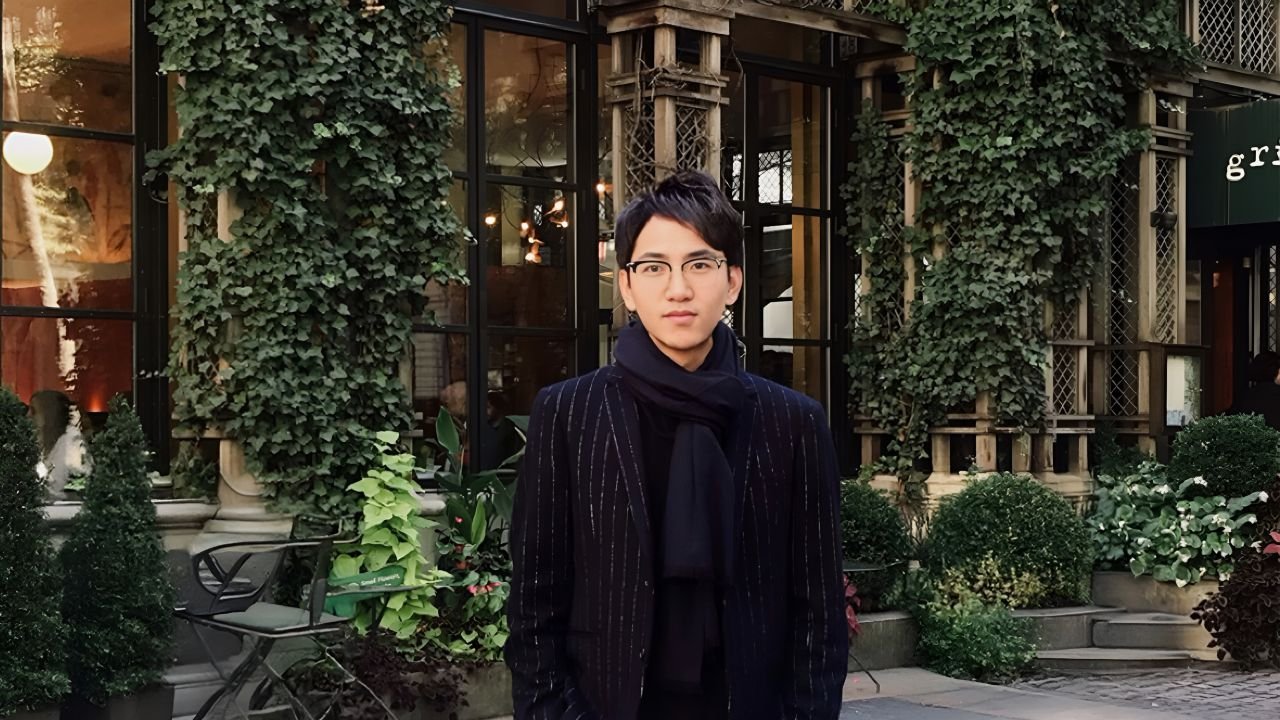The Art of Stillness: A Photography Interview with Daniel Gilpin
Daniel Gilpin
Daniel Gilpin explores vulnerability, identity, and the balance of strength and stillness. He seeks truth, sometimes uncomfortable, sometimes beautiful, capturing fleeting moments where emotion lives on the skin to create deeply human images.
My grandfather was a photographer and my mother an artist, so I suppose creativity runs in my blood. I studied at what is now Leeds Arts University. It was a valuable experience—though as someone with dyslexia, I struggled with art history. But I excelled in photography and croquis, which remain my primary focus. Even now, I still sketch weekly. It’s deepened my understanding of the human form and the shapes it can offer, which is essential when I look through the lens of any of my cameras. You work with what you have.
I'm passionate about my craft, and each image I create holds something meaningful. Having witnessed death firsthand, I find beauty in everything around me. I'm inspired by life and content with its simple moments. I create nude art photography as a form of emotional expression that is honest, raw, and intentionally imperfect. My work draws heavily from painting and drawing traditions, using natural light and the human form to tell quiet stories that unfold slowly. I don’t use Photoshop or studio effects; instead, I rely on the elements around me—light, space, and the presence of the muse. The process is instinctive and atmospheric.
My themes often explore vulnerability, identity, and the tension between strength and stillness. I’m not chasing glamour or perfection. I’m chasing truth—sometimes uncomfortable, sometimes beautiful. I want to capture fleeting moments where emotion lives on the skin. Through this, I hope my images feel deeply human.
At the 2025 MUSE Photography Awards, I received four accolades: a Platinum Award and three Silvers. To me, all four images hold equal merit. Each has its own story to tell, and I love them all for different reasons.
The piece that received the Platinum Award is quietly mesmerizing—you can lose yourself in it, almost fall into a mythical trance. I like to think I bring my story forward, but I welcome viewers to find their own interpretations. These images are just a small part of a much larger body of work. I have many more stories to tell.
Winning these awards feels like recognition of the path I’ve walked. I hope it opens new doors—perhaps a book or an exhibition—so others can join me on this journey and experience the emotion behind the lens.
I spend hours sitting with the images, listening to their stories. For me, it’s about sharing something meaningful—not just chasing a win... though of course, it’s a joy when they do get recognized.
I think it began with my father’s Polaroid when I was a teenager, followed by a small Olympus camera I received one Christmas. I was instantly hooked. Even the ordinary became vibrant through the lens, and that fascination never left me.
What I do now is my favorite kind of photography—telling stories and painting with light through the camera. It’s challenging, raw, and rewarding. I love every part of it.
I love using my Sony A6000 with the E 50mm F1.8 OSS lens. It’s lightweight, handles beautifully, and delivers the rich colors I want—even in low light. If you haven’t realized it yet, I love color!
Interested. I want to spark curiosity .. a sense of immersion.
The setting had its difficulties, but the most important thing is always making sure the muse feels relaxed and at ease. That’s when the magic happens.
I’m deeply inspired by early photographers. They had to work harder with their muses, relying on instinct and the natural world instead of gear or software. Their approach was closer to that of a painter, and that resonates with me.
Do what you love. Don’t worry about what others think. Stay true to your vision and enjoy the journey. Celebrate every step, especially the wins.
Experiment. Find your space, your rhythm. Don’t rush into expensive gear—build your tools over time. Focus on what moves you.
None—I just sometimes enhance the color or crop it. I love my work as it is, imperfections and all. I don’t shoot glamour or boudoir, so there’s no need for heavy post-processing. My images are honest and artistic.
AI is its own creative medium, and it’s important not to confuse it with photography. AI responds to written prompts and is built on data. Photography, in contrast, is led by the human eye and heart. The photographer thinks, feels, and decides. Both create visual output, but the processes are entirely different.
It would still be my muse. She understands my creative language, but maybe in more unusual, dreamlike locations—some of which I have yet to discover.
Explore the journey of Martina Mlcuchova, the Platinum Winner of the 2025 MUSE Photography Awards. She’s a Slovak photographer who turned a passion for analog cameras into a full-time career, capturing vibrant moments from festivals to cityscapes.
ADVERTISEMENT
